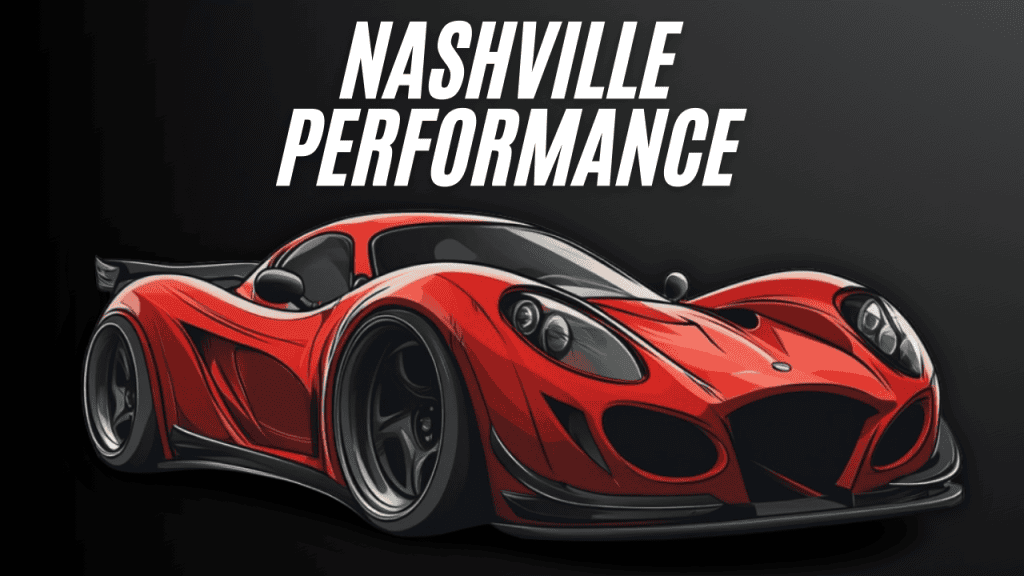Table of Contents
Impact Of Diffusers in Aerodynamics
Car diffusers are critical components in automotive aerodynamics, offering significant benefits in performance and efficiency. These devices optimize airflow beneath a vehicle, reducing drag and increasing downforce to improve high-speed stability. This article explores the design, function, and real-world applications of diffusers, showcasing their essential role in modern car performance.
Understanding the Impact of Diffusers in Aerodynamics
Diffusers manage airflow under a vehicle, reducing air pressure and turbulence to improve aerodynamic performance. By channeling and accelerating the air, they create a smoother flow, contributing to both stability and efficiency.
Key Functions
- Reduces Drag: Smooth airflow reduces resistance, enhancing speed and fuel efficiency.
- Increases Downforce: Helps press the car onto the road, improving grip during high-speed driving.
- Enhances Stability: A well-designed diffuser ensures better control and stability, especially at high speeds.
Design Aspects of Car Diffusers
The effectiveness of a diffuser is closely tied to its design, including its dimensions, angles, and integration with other aerodynamic features.
Critical Design Factors
- Angle and Expansion Rate: The diffuser’s expansion angle determines how effectively it channels air. Too steep an angle may cause air separation, reducing efficiency.
- Length and Width: Longer and wider diffusers manage more airflow but may be constrained by vehicle size and design.
- Integration with Other Features: Diffusers work best when paired with other aerodynamic components like side skirts and front splitters, creating a balanced system.
For further insights, explore Front Splitter Advantages and Side Skirt Impacts.
Real-Life Applications
Diffusers are widely used in performance and high-speed vehicles to optimize aerodynamics.
Examples in Practice
- Formula One Cars: Equipped with advanced diffusers to maximize downforce and minimize drag, critical for competitive racing.
- High-Performance Road Cars: Sports cars like the McLaren P1 and Ferrari LaFerrari integrate diffusers to enhance stability and cornering performance.
Benefits and Challenges of Car Diffusers
While diffusers offer significant advantages, their design and implementation come with challenges.
| Advantages | Challenges |
|---|---|
| Improved Downforce | Complexity in design |
| Reduced Aerodynamic Drag | High cost of implementation |
| Enhanced High-Speed Stability | Integration with existing designs |
Top Diffuser Brands for Aerodynamic Enhancements
Here are some leading brands recognized for their high-quality diffuser designs:
| Brand Name | Specialization/Area of Expertise | Popular Products | Target Audience |
|---|---|---|---|
| Aeroflow Dynamics | Custom aerodynamic components | Universal rear diffusers | Performance car enthusiasts |
| APR Performance | High-performance carbon fiber aerodynamics | Carbon fiber rear diffusers | Racing and sports car fans |
| Vorsteiner | Luxury aerodynamic components | Vented aero diffusers | Luxury vehicle owners |
| Rexpeed | Performance parts for sports cars | Carbon fiber diffusers for various models | Sports car enthusiasts |
| Seibon Carbon | Carbon fiber body components | Carbon fiber rear diffusers | Tuners and custom builders |
| Varis | Japanese performance aerodynamics | VSDC carbon diffusers | JDM fans and import tuners |
| Nismo | Nissan Motorsport International | Aerodynamic kits including diffusers | Nissan vehicle owners |
| BMW M Performance | BMW’s high-performance division | M Performance rear diffusers | BMW owners and enthusiasts |
| Mansory | High-end customization for luxury cars | Custom carbon fiber diffusers | Luxury and exotic car owners |
| Hennessey Performance | American tuning for high-power cars | Upgraded aerodynamic components | Muscle car and supercar fans |
Conclusion: The Role of Diffusers in Car Performance
Diffusers are vital to a car’s aerodynamic performance, offering benefits in speed, stability, and efficiency. By understanding their design and function, drivers, enthusiasts, and automotive professionals can appreciate their transformative impact. While their development and installation pose challenges, their advantages in enhancing vehicle handling and performance make them indispensable in modern automotive engineering.
As automotive technology continues to evolve, diffusers will likely become even more sophisticated, further unlocking their potential in both competitive and everyday driving scenarios.
Additional Resources
Check out the best performance car gear available on the market.
